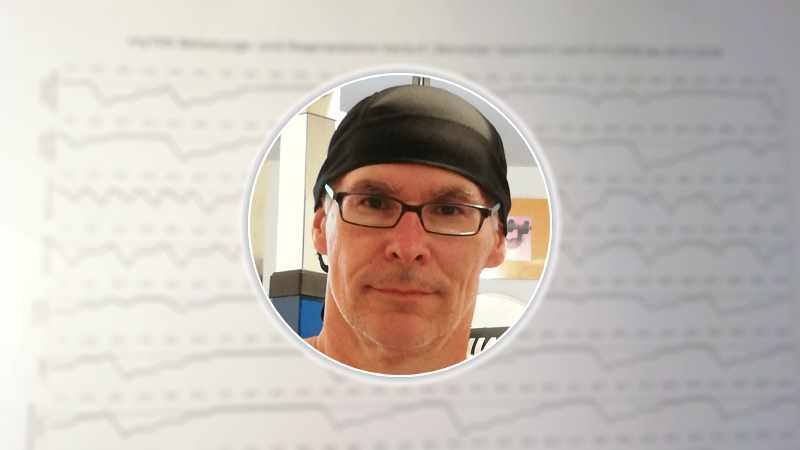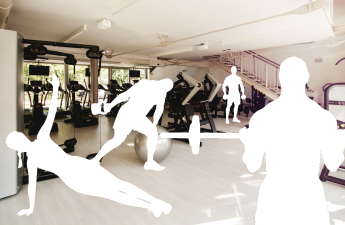Is it possible to speak of “age” at mid-50s? And is one still suitable as a guinea pig? No simple questions, but a whole year with myTRS shows: build-up training seems to be a lifelong opportunity to noticeably increase well-being as well as satisfaction with one’s own body.
The temptation to be the first to test your own product
Developing myTRS as a web app to accompany regeneration-based training is one thing. It is something completely different to test the resulting product yourself. And yet the temptation to do just that was extremely great: after all, I wanted to know where the consistent use of myTRS actually leads.
It was not only about the sensible approach to detect and eliminate even the worst errors by using the newly developed product. It was particularly important to me because I have been moving dumbbells since I was 17 years old – most of the time, however, in phases. And that’s when I sensed the chance to kill two birds with one stone: test our application and train consistently at the same time.
Success after 12 months of myTRS
So why not just train with myTRS for a year and see what happens? First of all the most important results, which I think the experiment has brought me:
- A fairly constant, over the full 12 months lasting consequence ( build-up training alone in my own home gym), further
- motivation and fun in varied training by constantly varying the exercises, and ultimately
- the build-up of about 8 kilograms (about 17 pounds) of body weight (mostly active muscle mass, although a certain increase in body fat cannot be denied).
In summary, I can say that I have never trained as consistently as I did in the year of the experiment. I don’t even want to think about how far I could have got if I had already taken such a consistent approach at the age of 20. But no matter: Better late than never.
Instead of overexploitation of the body: sustainable, healthy build-up
Yes, it’s true: by adding the “right” substances, you can very quickly build up a remarkable amount of muscle mass. But the question arises as to whether you want to live with the side effects – not to mention whether you are within the legal or punishable range. Ultimately, however, it is always about your own health: not only today, but for the rest of your (hopefully long) life.
Sustainable muscle building ensures that no dangerous imbalances arise between the different body systems: For example, it would not be desirable for muscles to gain strength very quickly but not be able to keep up with tendons and ligaments. The result would be the danger that these structures would either be chronically overloaded or even acutely injured: Both can make long training breaks necessary. Who wants that? I certainly don’t – especially not at my age, when the healing process is not as fast as it was in my youth.
Regeneration-based workout for holistic success
With the concept of regeneration-based build-up training, you are on the safe side: There is always enough time for stressed body parts to fully recover. This means that the microscopically small injuries caused during the heavy build-up training can heal again and in the end cause a strengthened musculoskeletal system. Not a chemical club that forces this growth, but the individual rhythm and pace of your own body.
As part of my self-experiment, I was also able to observe that my previously noticeable chronic complaints in the right shoulder (slight problems with the rotator cuff) gradually diminished. The training was never designed as a targeted rehabilitation program, but the consistently carried out load of the shoulders obviously showed a positive effect. What probably would have been less good: too intensive or too frequent strain on the affected shoulder. But the emphasis on moderate training load and sufficiently long recovery breaks apparently helped.
Documentation of the self-experiment
In a later blog post I will give an overview of how my year with myTRS has turned out: How often and how regularly were the different muscle groups subjected to a training stimulus? Were there any body parts left out, or were each muscle group trained? How many training sessions have there been this year?
In any case, I personally found the year of the self-experiment so positive that I am definitely trying to maintain this level of consistency in my build-up training. Let’s see if I can do that – I will report about it.



